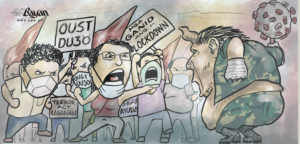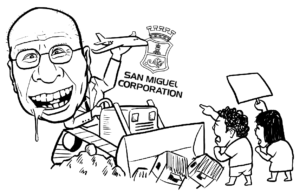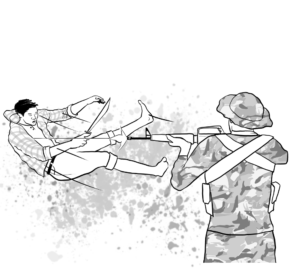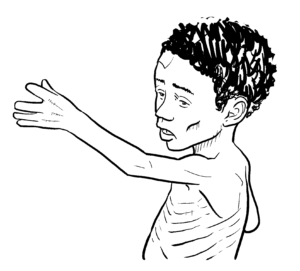Open schools safely

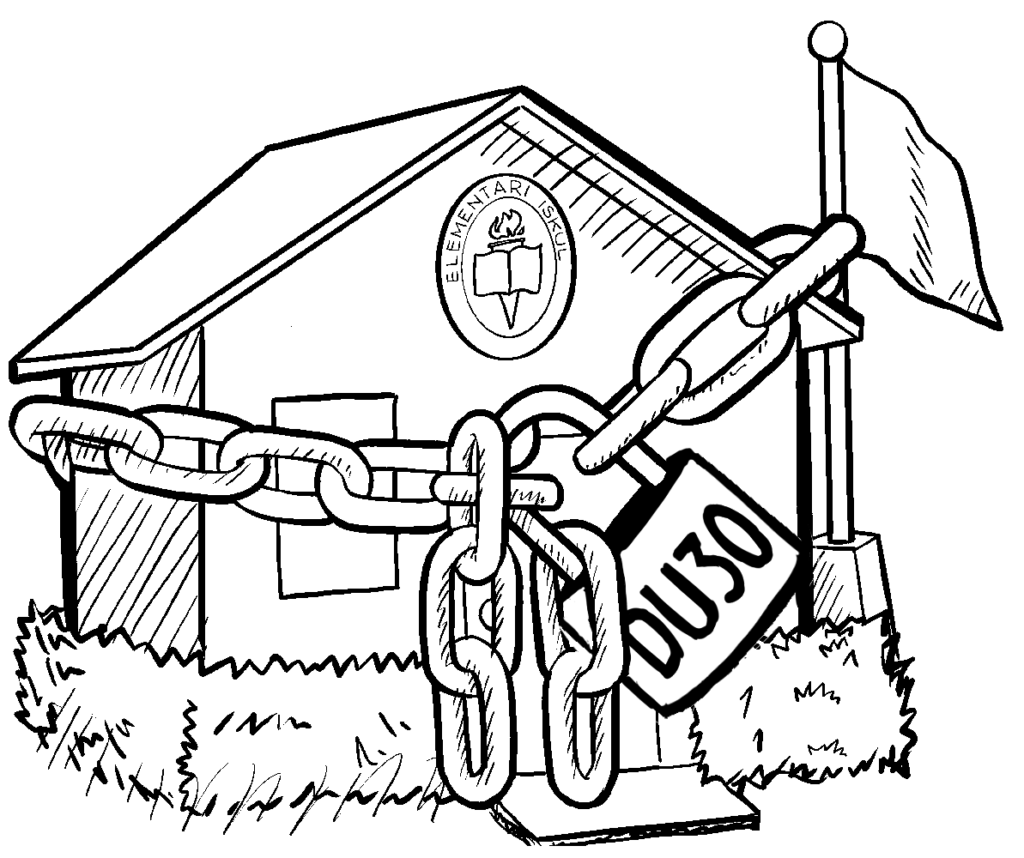
The 67,000-strong American Academy of Pediatrics (AAP) recommended last June for schools to be opened and for students to be present in schools the soonest possible time. They came up with eight principles in considering school re-entry policies in its paper entitled “COVID-19 Planning Considerations: Guidance for School Re-entry,” last updated on June 25. It emphasized that all policy considerations “should start with the goal of having students physically present in school.”
The pediatricians assert that schools do not just provide academic learning to children and adolescents. These also serve as a venue for students to develop their social and emotional skills, and to exercise and get access to mental health support, among many others that cannot be provided by online learning. But according to them, schools should also be ready to adapt and decisions should be flexible and nimble.
There has been many researches on the surprising aspect of the pandemic wherein children appear to be infected “far less frequently than adults and, when infected, typically have mild symptoms.” Children are also “less likely to spread the infection,” particularly those under 12 (10 in some researches.) When children are infected, it is most frequent that they contract the virus from adults.
The UK’s 2,500-strong Royal College of Paediatrics and Child Health made the same appeal to the UK government, stating that keeping schools shut “risks scarring the life chances of a generation of young people.”
Most pediatricians do not discount that outbreaks in schools can happen, and are even inevitable, but the benefits of opening them outweigh the risks. They reiterated that: “Every child deserves to have an uninterrupted education.”
Due to the pandemic, 1.3 billion children worldwide have been forced to stop school since March-April. According to the UNICEF, the perils for children being out of school grow and will continue grow if schools remain shut, especially in backward countries. Children who have stopped school are in danger of never coming back. This will result in greater inequalities, weaker health systems, violence, child labor exploitation and child marriages.
The decision on when and how to open schools is not easy, says the agency. It will need large infusion of funds and close supervision, as past weaknesss of the system should be addressed before schools can be opened. Governments should be aware of the advantages and disadvantages of opening schools as against online learning. Beside health facilities, governments need to coordinate closely with teachers and parents. Funds are also needed for those children who lag behind and those with special needs.

